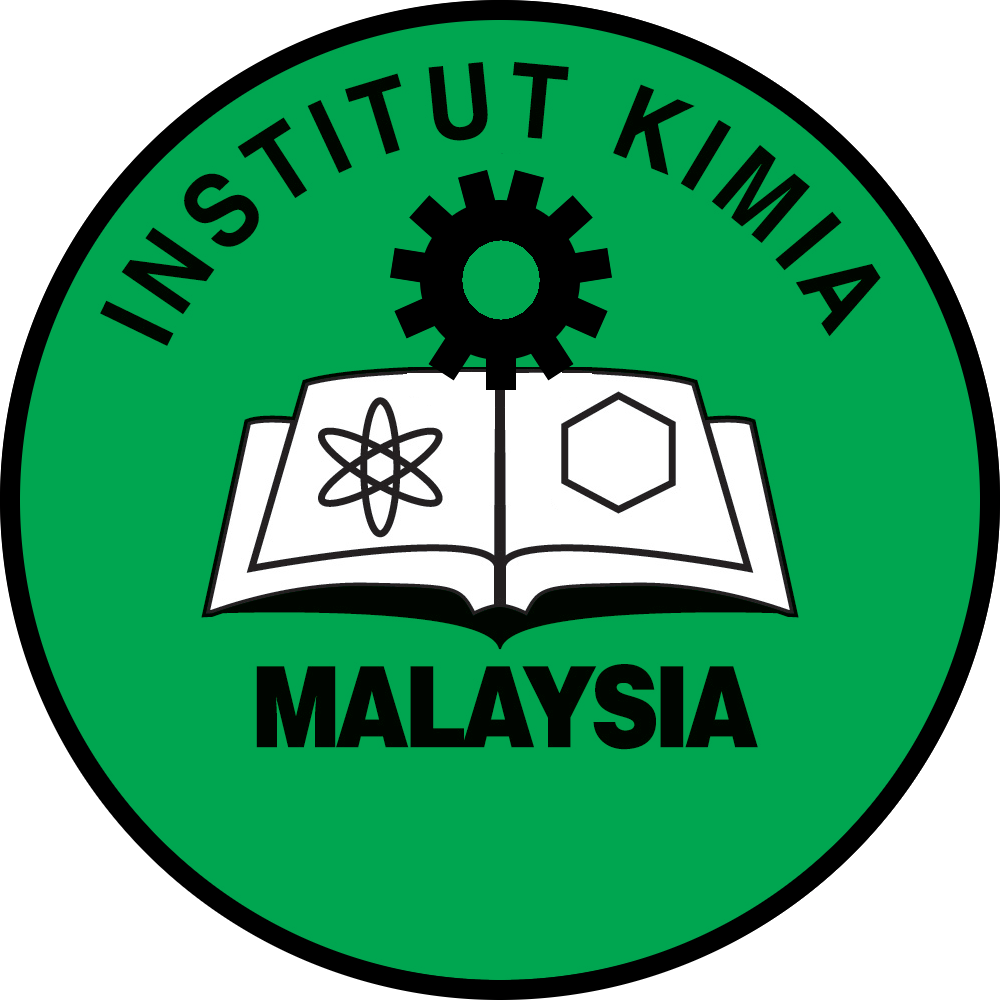Photodegradation of Methylene Blue over WO3/TiO2 Composites under Low UV-C Irradiation and Scavenger Analysis
DOI: https://doi.org/10.55373/mjchem.v26i5.358
Keywords: TiO2; methylene blue; photocatalyst; water treatment; WO3
Abstract
The wastewater from the textile industry comprises a wide variety of dyes and chemicals, which makes wastewater disposal environmentally problematic. In particular, prolonged exposure to Methylene Blue (MB) dye has been shown to present significant dangers, particularly to human endocrine and environmental systems. The most effective technique for successfully removing contamination is to use heterogeneous semiconductor oxides as photocatalysts, which rely on the presence of reactive radical species and can function at ambient temperatures and pressures. Thus, the primary goals of the current study are to prepare and characterize WO3/TiO2 composite photocatalysts, as well as to test the photocatalytic activity against MB under low-intensity UV-C irradiation (9W). The mass ratio of WO3 varies from 0.1 to 0.4 g using a facile mixing method. The SEM-EDX analysis indicates that the composites exhibit an irregular spherical shape, and the elements are homogeneously distributed corresponding to WO3/TiO2 photocatalyst. The functional group of the composite shows wider intensities at 483, 814, and 998 cm-1. Meanwhile, the structural properties of the composite photocatalysts show the attribute of triclinic and orthorhombic crystal systems for WO3 and TiO2, respectively. The photocatalytic activity of the composite is higher than that of pure WO3 and TiO2. The WO3/TiO2 with a ratio of 0.3:0.1 (WT3), displaying a rapid and almost complete photocatalytic degradation (98.71%) within 180 min under UV-C irradiation, under normal conditions (10 mg/L, 25°C). Based on a pseudo-first-order kinetic model, the maximum degradation rate constant of 2.65 10-3 min-1 is obtained when h+ and •OH are the primary active species during the process. Overall, this study highlights the substantial prospect for the implementation of composite photocatalysts in extensive wastewater treatment systems.
